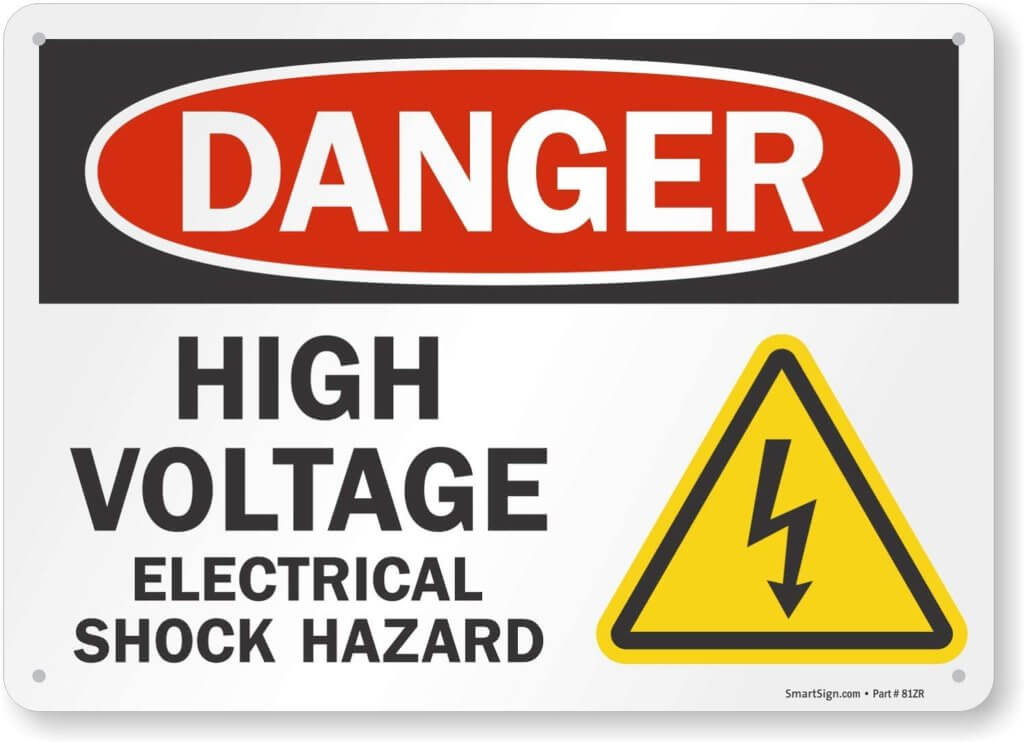Introduction and Installation Notes: Your industrial control panel has been engineered and manufactured to our standards for dependability, ease of operation, and operator safety. When properly cared for, it will give you years of rugged, trouble-free performance.

Risk of Electrical Shock. This equipment is connected to line voltage that can create a potentially hazardous situation.
- Installation of this equipment must comply with all national, state, and local electrical codes. In the USA, NFPA 79 is one such electrical code standard.
- Installation must be performed by qualified licensed electrician and should have experience working with these line voltages.
- DO NOT mount control panels in an atmosphere containing combustible gases, vapors, dusts, or fibers unless properly marked as suitable for the condition.
- Always make certain power is off before servicing this equipment.
- The input wire gauge must be sized to furnish the three-phase input current (amperage). Field supply wiring must be rated for 600Vac.
- Make sure the input voltage is 208VAC, 230VAC, 460VAC, or 575VAC for the three phase options chosen or 120VAC for the single phase option chosen (at the time of purchase) before connecting. If the system requires only 24VDC, DO NOT CONNECT THE VOLTAGES MENTIONED ABOVE, AS DAMAGE TO EQUIPMENT MAY OCCUR.
- Make sure control panel, motors, and equipment are properly grounded.
- Wire recommendations are minimums. Voltage drop is dependent on wire length and gauge. Increase wire one (1) additional size for every fifty (50) feet of wire run.
- Wire recommendation is based on the use of copper wire.
- Hazardous voltages are present in this equipment. Lock out and tag the branch circuit disconnect switch before working on this control panel.
- WARNING: Retighten all electrical connections that may have loosened during shipment. Failure to do so may result in damage to the control panel or risk of fire.
- Confirm all unused conduit holes in the panel are sealed with plugs suitable for the environment.
- Be sure the panel doors are properly closed and sealed to ensure personnel protection. Also, contaminants can create leakage, (shock) hazards, permanent damage, or failure to the control panel and should be avoided.

